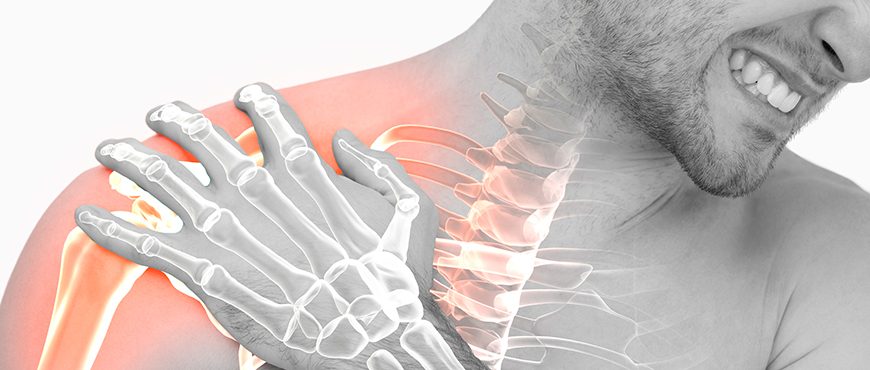Humerus fracture occurs in the upper arm bone and due to this, it is also known as upper arm fracture. Humerus runs from the shoulder and shoulder blade to the elbow. Surgical treatment of upper arm fracture may involve the use of orthopedic devices like Titanium Elastic Nailing System, Locking Plate, or Bone Screws.
Humerus fractures can be classified into two categories:
- Proximal humerus fracture
- Humerus shaft fracture
Proximal Humerus Fracture
In proximal fracture of the upper arm, the bone break occurs at the upper part of the humerus. This condition is known to reduce the ability to move the shoulder.
Humerus Shaft Fracture
This type of fracture is known to be a common one. Humerus shaft fracture occurs at the middle of the upper arm.
Causes of Humerus Fracture
Humerus fractures generally occur due to traumatic injuries like falling on the outstretched hand, automobile accident, or injury during sports. Upper arm fractures can also occur due to low-impact accidents, especially in elderly people.
Symptoms
Symptoms of humerus fractures will depend upon the type and severity of the condition. Below-mentioned are some of the common symptoms that are seen in the case of humerus fracture:
- Pain at the site of injury
- Bruising and swelling
- Difficulty during shoulder movement
- Feeling of grinding sensation during the shoulder movement
- Occasional bleeding in case of open fracture
- Inability to use the arm normally in case of nerve injury
Diagnosis of Upper Arm Fractures
After a physical examination and noticing symptoms, the orthopedist will suggest an X-ray to see the exact location where the bone break has occurred. In the maximum number of cases, humerus fracture is easily diagnosed with the X-ray examination, but in certain cases, the doctor may also indicate a CT scan.
If the symptoms and examinations done by the orthopedist indicate that the patient may be suffering from osteoporosis, then a special test named dual-energy X-ray absorptiometry may also be performed. This test will confirm the occurrence of osteoporosis.
Treatment of Upper Arm Fractures
Depending upon the type of fracture, the treatment may be done either surgically or non-surgically. Let us see the treatment of humerus fractures based on their classification:
Proximal Humeral Fracture
In case of non-displaced proximal humeral fracture, non-operative treatment is preferred. This is because, in non-displaced fracture, fractured bone fragments do not leave their position. During non-operative treatment, a sling or shoulder immobilizer is applied with no shoulder mobility for at least two weeks. After that, the patient may be suggested to perform specific exercises for improved and quick recovery. To check the progress of fracture healing, a periodic X-ray examination will be done by the doctor.
In displaced fracture condition, surgery will be done to realign & fix bone fragments using Bone Plates & Screws. Siora Surgicals is one of the top Orthopedic Products Manufacturers in India that offers an international quality range of trauma implants.
Humerus Shaft Fracture
For the initial management of humerus shaft fracture, a temporary splint may be applied to hold the elbow bent at 90 degrees.
In most cases, fracture bracing is applied for treating the fracture without surgery. After three to four weeks, the bracing is replaced with a cylindrical brace that will set the elbow free. With time, the doctor will suggest certain exercises to restore muscle strength and flexibility of the joint.
In severe cases, internal fixation may be done using Bone Plates, Screws, or Elastic Nail. After surgery, the doctor may suggest the use of a sling to ensure comfort and better arm support.



 Bitcoin
Bitcoin  Ethereum
Ethereum  Tether
Tether  XRP
XRP  Solana
Solana  USDC
USDC  TRON
TRON  Cardano
Cardano  Lido Staked Ether
Lido Staked Ether  Avalanche
Avalanche  Toncoin
Toncoin